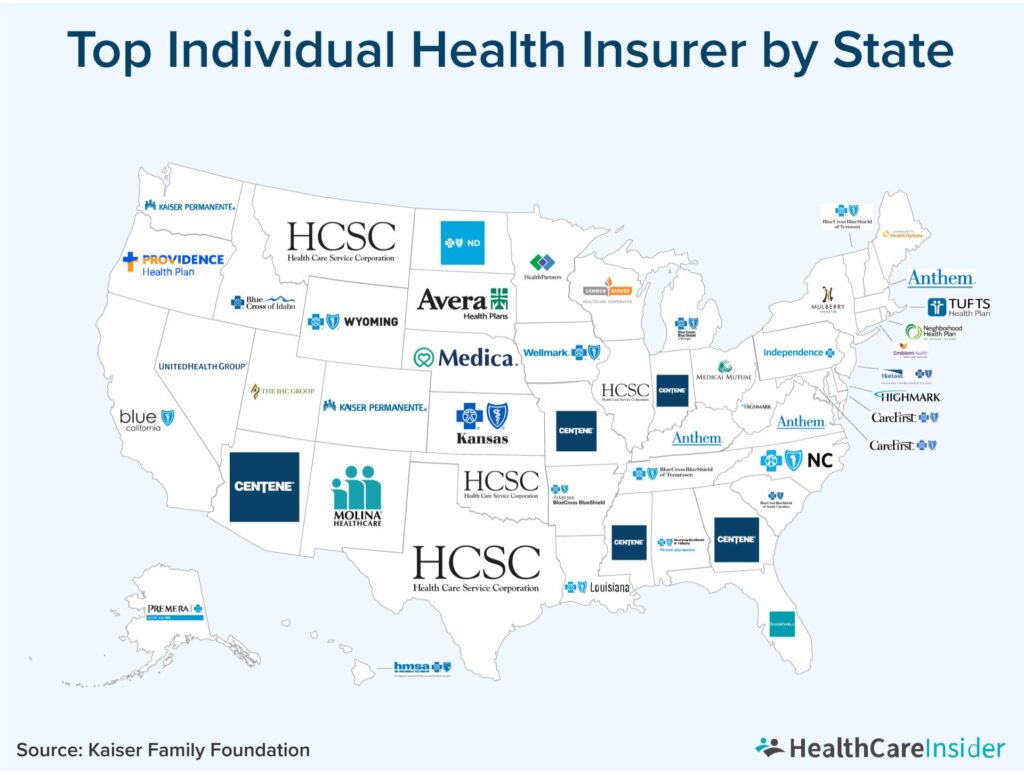As health care costs continue to climb and regulatory pressures intensify, the health insurance industry is facing an increasingly challenging landscape. Insurers are grappling with rising medical claims, shifting consumer expectations, and a complex policy environment that threatens profit margins and market stability. This article explores the factors contributing to why it’s a rough time to be a health insurer, drawing on recent data and expert analysis from Axios.
Rising Medical Costs and Increased Claims Pressure Profit Margins
Health insurers are grappling with escalating medical expenses that are squeezing profit margins to alarming lows. The surge in hospital bills, specialist consultations, and pharmaceutical prices is forcing companies to recalibrate their risk assessments and pricing strategies. Insurers are caught in a bind – raising premiums risks losing clients to competitors, while maintaining rates endangers financial stability amid mounting claims.
Key factors exerting pressure include:
- Rapid advances in costly medical technology and treatments
- Higher frequency of chronic illness diagnosis and management
- Intensified utilization of health services by an aging population
| Expense Category | Year-over-Year Increase |
|---|---|
| Hospital Services | 8.2% |
| Prescription Drugs | 12.5% |
| Outpatient Care | 6.7% |
Regulatory Challenges and Market Uncertainties Complicate Strategy
Health insurers today face a labyrinth of evolving regulations and shifting market dynamics that challenge even the most seasoned strategists. Recent policy changes around coverage mandates, reimbursement rates, and reporting requirements have made compliance a moving target, increasing operational costs and complicating long-term planning. Navigating these complexities demands not only agility but a proactive approach to regulatory intelligence, as failure to adapt swiftly can invite penalties and erode competitive positioning.
Adding to the pressure are market uncertainties driven by unpredictable consumer behavior and intensifying competition from both traditional players and disruptive entrants like tech giants and specialized insurers. Key factors affecting insurer strategies include:
- Rising claim costs linked to global health crises and chronic disease prevalence
- Volatile capital markets impacting investment income and reserve requirements
- Technological innovation forcing rapid digital transformation and data security upgrades
| Challenge | Impact on Insurers | Strategic Response |
|---|---|---|
| Regulatory Flux | Higher compliance costs | Invest in legal and analytics teams |
| Market Volatility | Reduced investment returns | Portfolio diversification |
| Technological Disruption | Demand for digital capabilities | Partner with tech innovators |
Innovative Approaches and Technology Investments as Pathways Forward
In an industry grappling with rising costs and tightening margins, health insurers are increasingly turning to cutting-edge technologies and strategic innovations to stay afloat. From leveraging artificial intelligence to predict patient risks more accurately to integrating blockchain for enhanced data security and transparency, insurers are redefining their operational frameworks. These advancements allow for more personalized underwriting and claims processing, significantly reducing overhead while improving customer satisfaction. Additionally, partnerships with tech startups are fueling fresh approaches to preventive care, assisting insurers in lowering long-term expenditures by focusing on early intervention.
Beyond technology, investments in innovative programs are reshaping traditional insurance models. Some companies are experimenting with value-based care initiatives that reward providers for positive health outcomes rather than service volume. The chart below highlights a comparative snapshot of innovation adoption among leading health insurers over the past three years:
| Innovation Type | Adoption Rate 2021 | Adoption Rate 2024 |
|---|---|---|
| AI & Machine Learning | 35% | 68% |
| Blockchain Solutions | 15% | 42% |
| Value-Based Care Models | 28% | 54% |
- Predictive analytics: Enhances risk assessment and personalized care
- Telehealth integration: Expands access while managing costs
- Data interoperability: Streamlines information across providers and payers
Key Takeaways
As the healthcare landscape continues to evolve with rising costs, regulatory pressures, and shifting consumer expectations, health insurers face an increasingly challenging environment. Navigating these complexities will require strategic adaptation and innovation, even as uncertainties persist. For stakeholders across the industry, the coming months will be critical in determining how insurers can sustain profitability while meeting the growing demand for accessible, affordable care.
